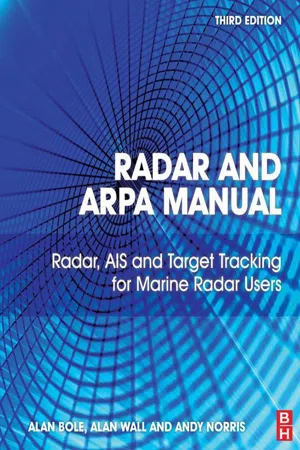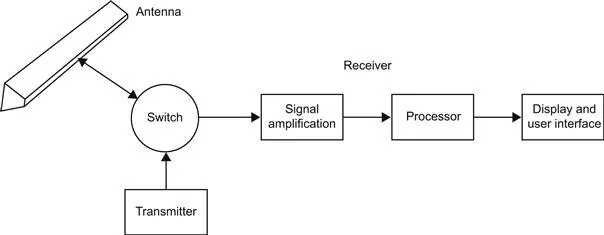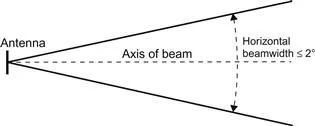
Radar and ARPA Manual
Radar, AIS and Target Tracking for Marine Radar Users
- 552 pages
- English
- ePUB (mobile friendly)
- Available on iOS & Android
Radar and ARPA Manual
Radar, AIS and Target Tracking for Marine Radar Users
About this book
This fully revised new edition covers the complete radar/ARPA installation and serves as the most comprehensive and up-to-date reference on equipment and techniques for radar observers using older and newer systems alike. Suitable for use as a professional reference or as a training text, the book covers all aspects of radar, ARPA and integrated bridge systems technology (including AIS, ECDIS and GNSS) and their role in shipboard operations. It is a valuable resource for larger vessels and also covers the needs of leisure and amateur sailors for whom this technology is now accessible.Radar and ARPA Manual provides essential information for professional mariners, including those on training courses for electronic navigation systems and professional certificates internationally. Reference is made throughout to IMO (International Maritime Organization) Performance Standards, the role of radar in navigation and in collision avoidance, and to international professional and amateur marine operations qualifications.- The most up-to-date book available, with comprehensive treatment of modern radar and ARPA systems and ECDIS (Electronic Chart Display & Information Systems)- Full coverage of IMO performance standards relating to radar and navigational technology on new and established vessels- Covers best practice use of equipment as well as underlying principles, with essential mathematics and complicated concepts illustrated through the use of clear illustrations
Frequently asked questions
- Essential is ideal for learners and professionals who enjoy exploring a wide range of subjects. Access the Essential Library with 800,000+ trusted titles and best-sellers across business, personal growth, and the humanities. Includes unlimited reading time and Standard Read Aloud voice.
- Complete: Perfect for advanced learners and researchers needing full, unrestricted access. Unlock 1.4M+ books across hundreds of subjects, including academic and specialized titles. The Complete Plan also includes advanced features like Premium Read Aloud and Research Assistant.
Please note we cannot support devices running on iOS 13 and Android 7 or earlier. Learn more about using the app.
Information
Basic Radar Principles
Keywords
1.1 Introduction
1.2 Principles of Range and Bearing Measurement
1.2.1 The Echo Principle

1.2.2 Range as a Function of Time

1.2.3 Directional Transmission and Reception

Table of contents
- Cover image
- Title page
- Table of Contents
- Copyright
- Dedication
- Preface to the Third Edition
- Acknowledgements
- Chapter 1. Basic Radar Principles
- Chapter 2. The Radar System – Technical Principles
- Chapter 3. Target Detection
- Chapter 4. Automatic Radar Target Tracking, Specified Facilities
- Chapter 5. Automatic Identification System (AIS)
- Chapter 6. Operational Controls
- Chapter 7. Radar Plotting Including Collision Avoidance
- Chapter 8. Navigation Techniques Using Radar and ARPA
- Chapter 9. ARPA – Accuracy and Errors
- Chapter 10. Ancillary Equipment
- Chapter 11. Extracts from Official Publications
- Glossary of Acronyms and Abbreviations
- Index